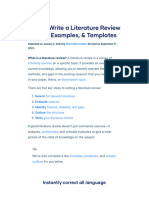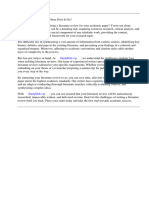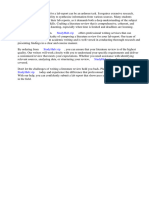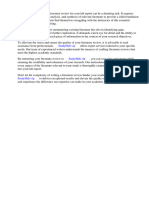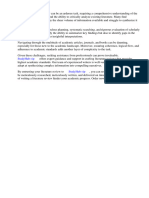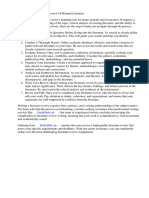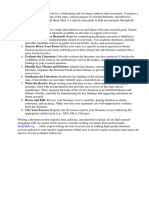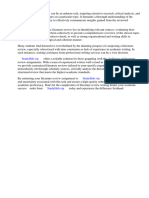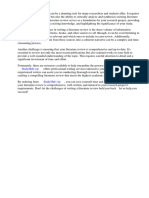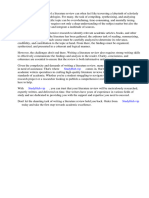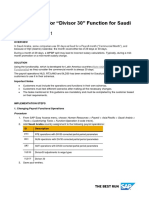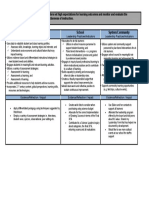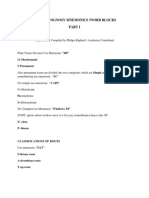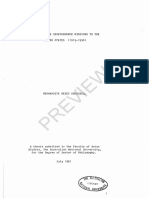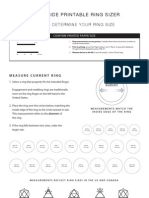0% found this document useful (0 votes)
39 views13 pagesWhat Is A Literature Review? - Guide, Template, & Examples
This document provides guidance on conducting a literature review, including defining what a literature review is, outlining the key steps to write one, and offering examples. The five steps discussed are searching for relevant literature, evaluating and selecting sources, identifying themes and gaps, outlining the structure, and writing the review.
Uploaded by
lauraCopyright
© © All Rights Reserved
We take content rights seriously. If you suspect this is your content, claim it here.
Available Formats
Download as PDF, TXT or read online on Scribd
0% found this document useful (0 votes)
39 views13 pagesWhat Is A Literature Review? - Guide, Template, & Examples
This document provides guidance on conducting a literature review, including defining what a literature review is, outlining the key steps to write one, and offering examples. The five steps discussed are searching for relevant literature, evaluating and selecting sources, identifying themes and gaps, outlining the structure, and writing the review.
Uploaded by
lauraCopyright
© © All Rights Reserved
We take content rights seriously. If you suspect this is your content, claim it here.
Available Formats
Download as PDF, TXT or read online on Scribd
/ 13
